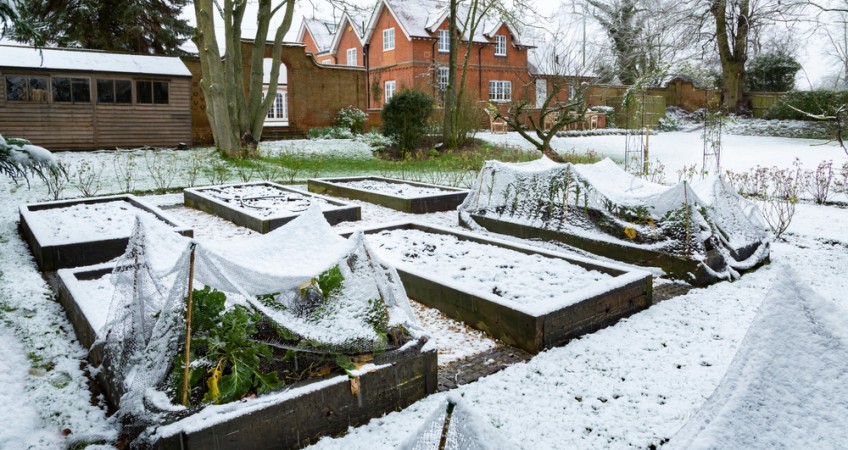Planting takes a lot of planning, time and effort and some plants need that little bit of extra help surviving the winter. The last thing you want is for all your hard work to be ruined by the weather, so understanding how to protect your garden from harsh temperatures can help you to avoid a garden full of damaged plants.
Discover our top tips on how your garden can survive cold temperatures.
Dealing With Frost & Snow
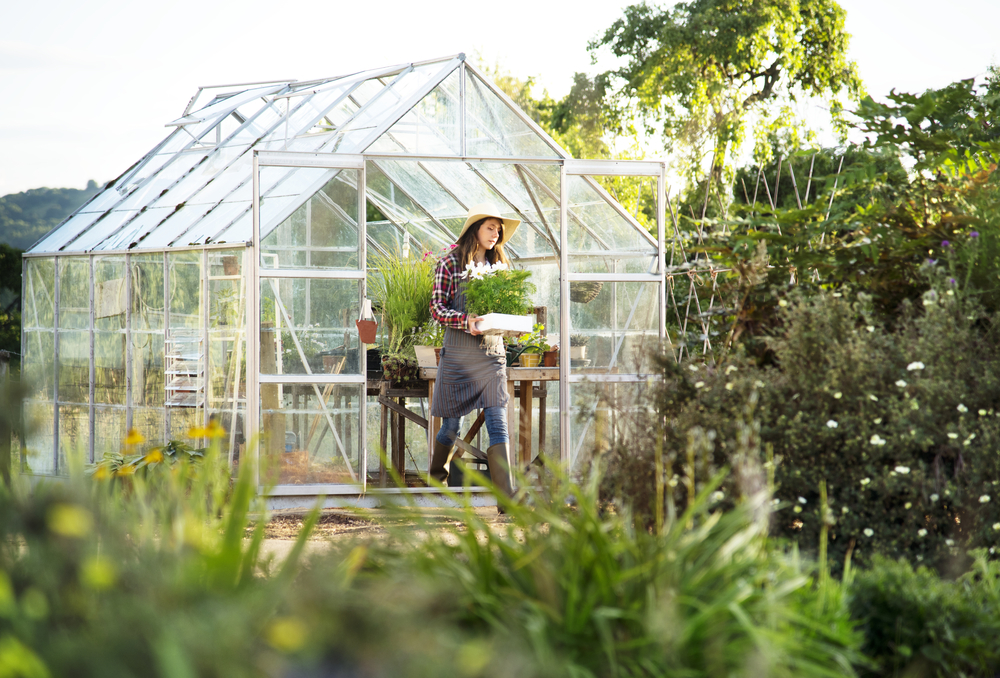
When temperatures plummet, your plants can be damaged by harsh temperatures. One way to protect your plants from frost is to move them into a greenhouse. The temperature of the greenhouse depends on what is in your greenhouse and the time of year, but it’s essential to insulate it to avoid the risks of freezing when temperatures are at their lowest.
Another way to protect your plants from frost is by using a horticultural fleece. If you know there is a risk of frost overnight, use the fleece to keep your planters covered. This is great if you do not have the space for a greenhouse as it still allows some natural light to the plants.
When snow has fallen, try to clear it before it freezes over and causes any damage. Use a broom to knock off snow from trees and hedges as heavy snowfall can cause branches on small trees to break.
Winter Mulching
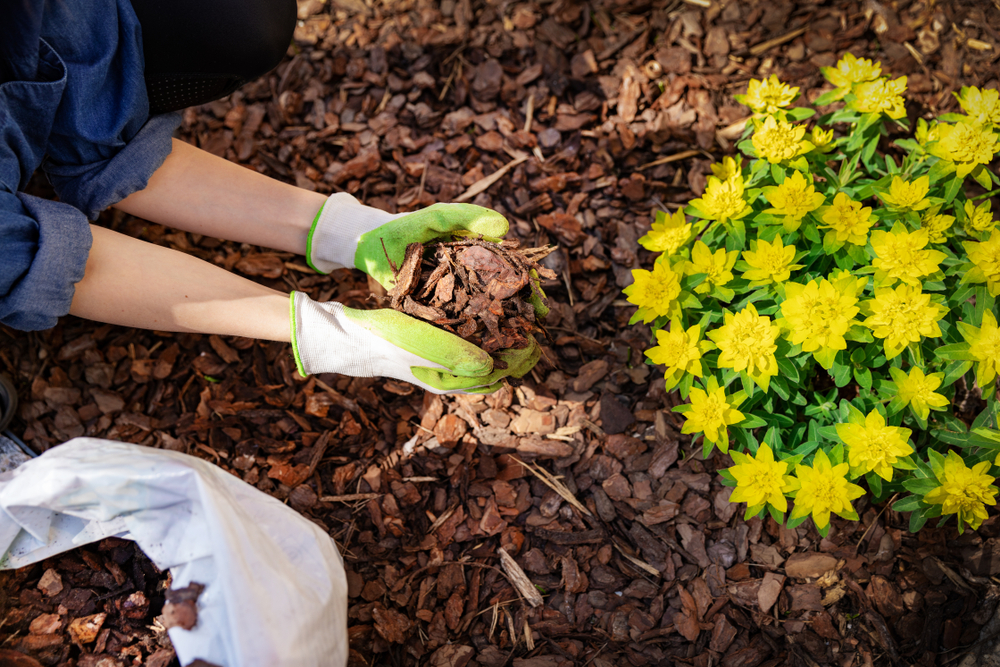
Mulch can act as a protective layer for your plants to protect and insulate them in cold temperatures. But instead of safeguarding the part of the plant you see, it helps protect the roots of the plant from frost. Don’t forget to remove the mulch once it is less likely to be frosty to avoid crown rot!
We recommend using organic rather than inorganic mulch for your gardens. Organic mulch is made from materials such as bark, leaves and grass clippings. In contrast, inorganic mulch is made from materials that take years to break down and can therefore pollute your garden.
Use A Cloche
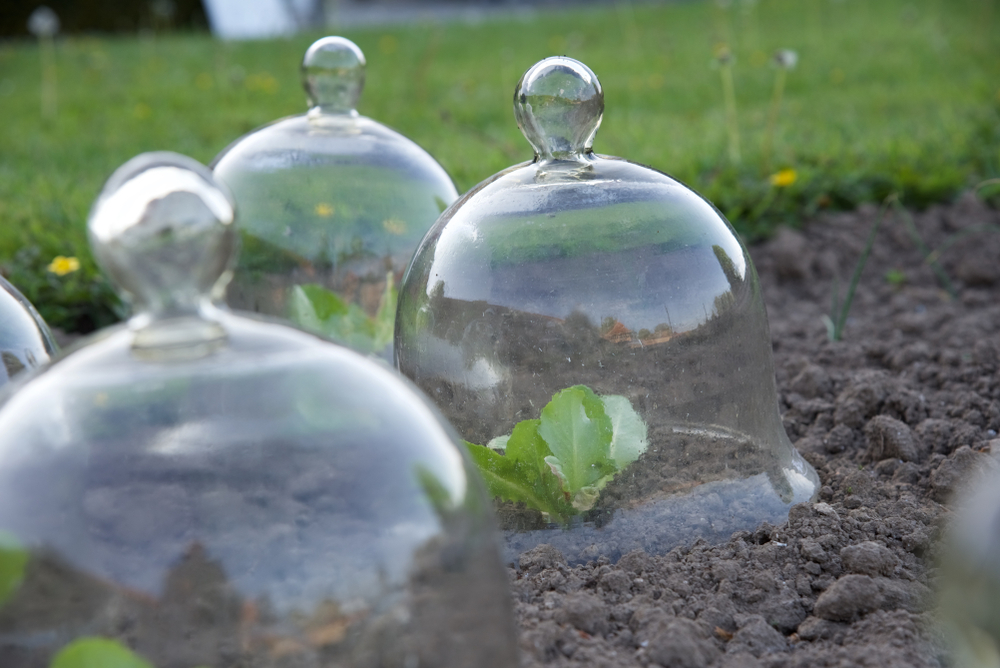
A cloche is a great way to protect your plants from harsh weather. Conditions such as hail and heavy rain can damage many plants if they are not protected. A cloche acts as a mini greenhouse, retaining heat and also helping to keep pests off your greenery. Many people use single-use plastic old drinking bottles as cloches due to their low cost and availability. This is not the most environmentally friendly way to protect your plants. There are many better cloche material options that you can use, including a glass bell jar cloche and a bamboo cloche.
Shelter Your Pots And Plants
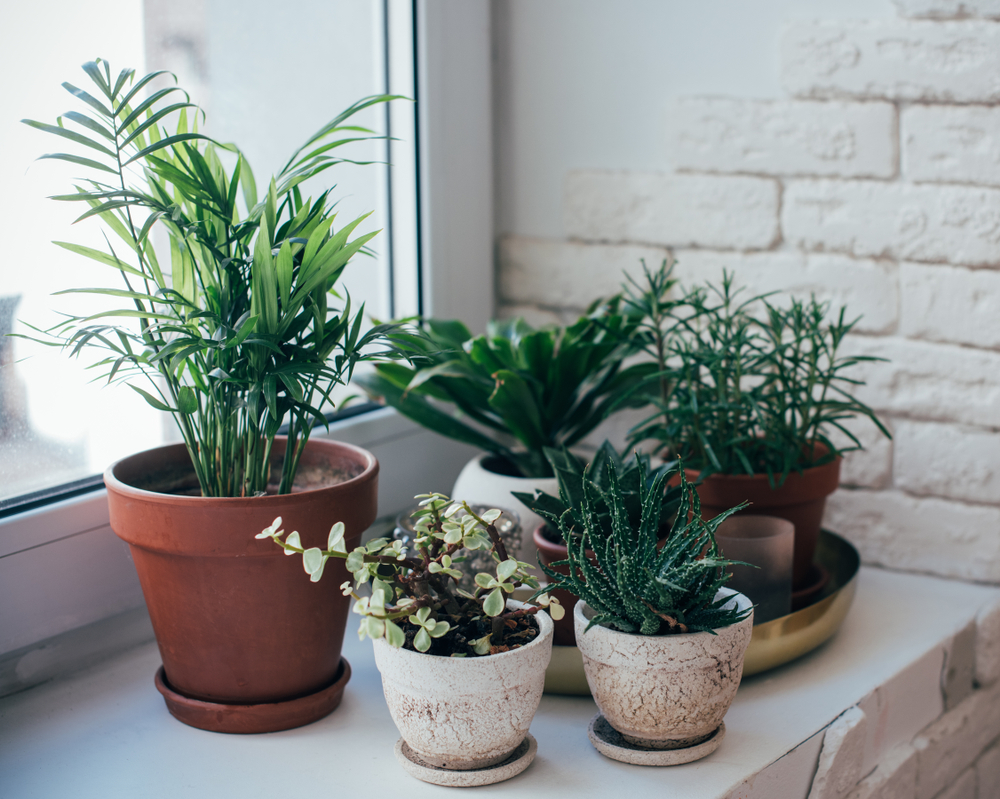
When deciding what to plant, consider the location of the planters in your garden. Opt for planting in sheltered areas if possible to protect plants from being overwatered by heavy rainfall. If you are planting something that needs a lot of water, then you can consider sowing in an area that is not sheltered. If you are growing in planters, consider bringing your plants indoors to shield them from the harsh winds and heavy rainfall.
We hope you enjoyed reading this blog and picked up some tips on how to protect your plants when temperatures are at their worst. For more advice on planting and all things eco-friendly, check out our other blog posts. You can browse our range of plastic wood planters on our website.

